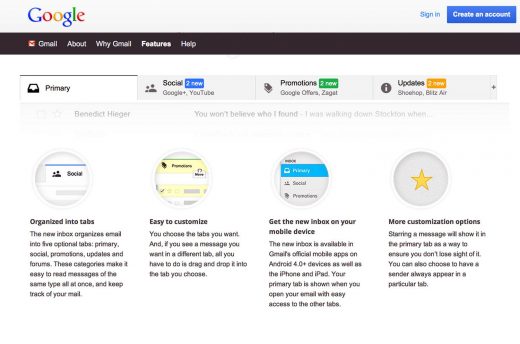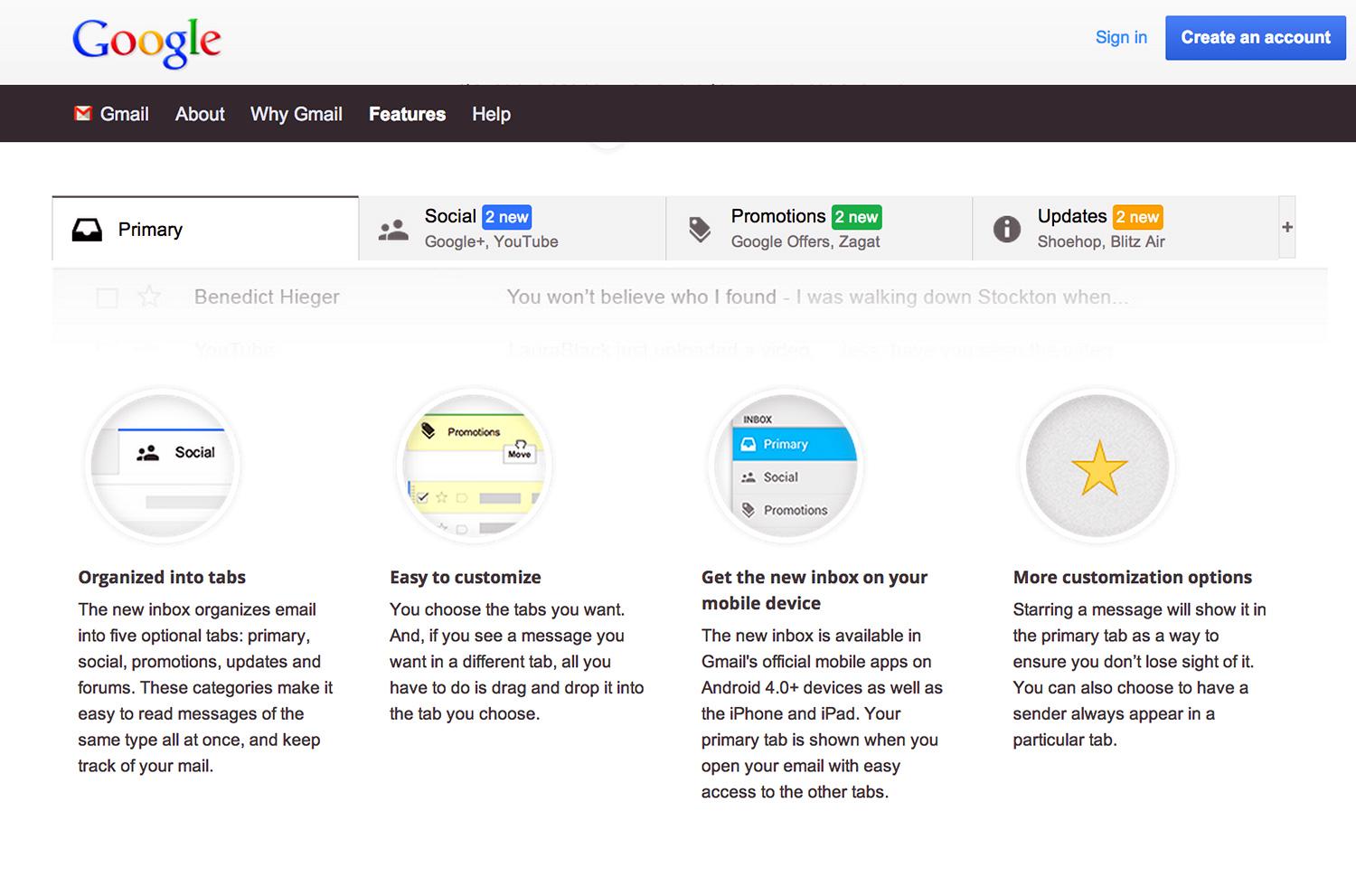The Email Edge: Gmail’s Tabs Do No Harm
The Email Edge: Gmail’s Tabs Do No Harm
by Ray Schultz, February 2, 2017
Marketers sometimes panic over the wrong things. Many were alarmed when Gmail announced an email classification scheme in 2013, fearing it would kill the medium. But that hasn’t happened. On the contrary, consumers seem to be largely ignoring it, judging by a new report from Return Path.
Slightly over a third of all Gmail users now use the tabbing system, a 66% falloff from 2013, Return Path has found in a survey of 1,628 Gmail offers among five email categories: Social, Promotions, Updates, Forums and Primary. On the plus side, roughly half check their Promotion tabs at least once a day. On the negative side, 9.2% say Gmail inaccurately classifies their messages.
Why is this important? Because Gmail is the elephant in the email room, with over a billion email users — probably a fourth of the total volume. Lose even a fraction of the possible response, and you could find your campaigns tanking.
Microsoft and Yesmail also have systems of some sort, but it’s unclear whether they have the same impact. We’ll spare you a discussion of the machine learning and algorithms.
Maybe we’d all be better off if the service providers didn’t offer this help. In 2013, there was “a lot of hesitation and angst from marketers on how it would impact their campaigns,” says Tom Sather, senior director of research for Return Path. “They were under the impression that promotional campaigns would be delivered to a promotional ghetto.”
Actually, consumers don’t even mind the Promotions tab. Their biggest single category is Social, with 68.1% usage. But Promotions is second, with 60%. And Updates constitute 26.7%.
Retail and rewards offers often end up in the Promotions tab, and Updates largely exist where Gmail users have accounts.
How do you avoid getting bolloxed up, anyway? For one, by using separate email domains for each category. They are different streams, and Gmail may base its classification based on domain authentication, Sather says.
It’s also important to check your content and make sure that it is being accurately represented.
In the 2016 Presidential campaign, Hillary Clinton’s campaign emails tended to hit inboxes as Updates, lifting her response and serving as a fund-raising vehicle, Sather says. Trump’s came in as Promotions, and in some cases they were, with merchandise being offered. In this area, at least, Clinton had an advantage.
MediaPost.com: Search Marketing Daily
(42)



